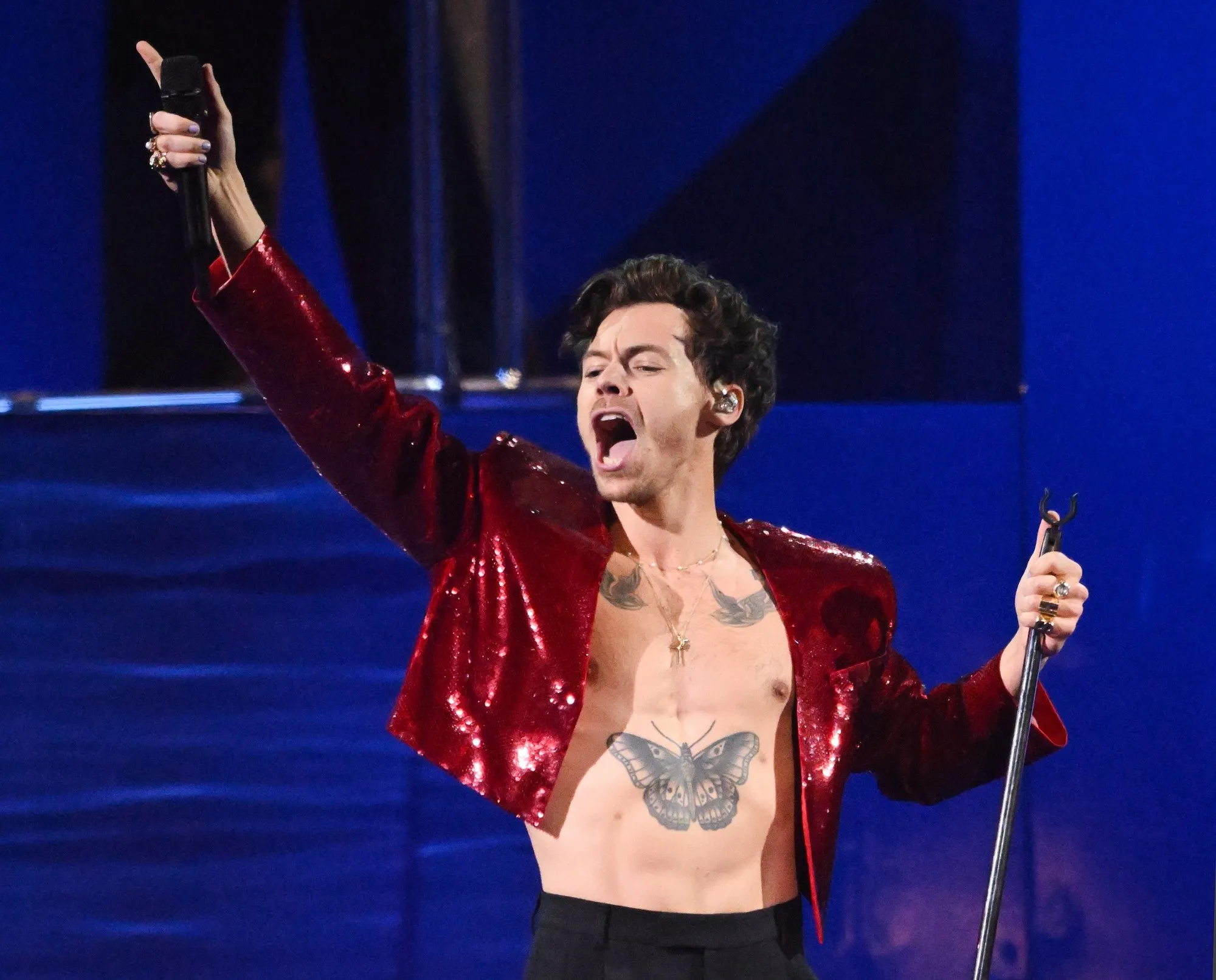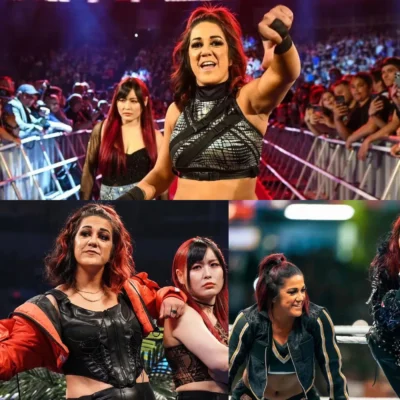

Emma Stone: Breaking Hollywood’s Rules or Playing It Safe?
In the glitzy, cutthroat world of Hollywood, standing out requires more than just talent—it takes bold choices, risky ventures, and an ability to defy convention. Emma Stone has become one of the most celebrated actresses of her generation, but her career trajectory sparks a curious debate: is she truly breaking the rules of Hollywood, or has she mastered the art of playing it safe?
With a career spanning indie films, major blockbusters, and Oscar-winning performances, Stone seems to straddle the fine line between risk-taking icon and calculated star. But which side does she truly lean toward?
The Case for Breaking Hollywood’s Rules
From the outset, Emma Stone’s choices set her apart. After her comedic breakout in Superbad (2007), many actresses in her position would have clung to similar roles, aiming to capitalize on their momentum. Stone, however, pivoted quickly, taking on more diverse and challenging characters that showcased her range. Her starring role in Easy A (2010), where she effortlessly carried a film as its central figure, cemented her as more than just a funny sidekick.
The true turning point, however, came with her transition to drama. The Help (2011) revealed her ability to convey deep emotion, while Birdman (2014) gave her a chance to tackle darker, more introspective material. These roles indicated that Stone wasn’t afraid to step out of her comfort zone and challenge audiences’ perceptions of her.
Her performance in La La Land (2016) was a risk in itself. A modern-day musical was hardly a guaranteed hit in an era dominated by superhero franchises, but Stone’s portrayal of Mia, a struggling actress chasing her dreams in Los Angeles, struck a chord. The film’s success proved that she could lead a project that felt both nostalgic and contemporary, earning her an Academy Award for Best Actress.
And then came The Favourite (2018), where she played Abigail, a scheming servant who manipulates her way into royal favor. This was far from a likable role, but Stone’s willingness to embrace the character’s flaws and moral ambiguity won her critical acclaim.
In each of these instances, Stone demonstrated that she wasn’t content to follow Hollywood’s conventional path of “playing it safe.” She chose projects that allowed her to evolve and surprise audiences, often working with visionary directors like Damien Chazelle and Yorgos Lanthimos to push the boundaries of her craft.

The Case for Playing It Safe
But not everyone is convinced that Emma Stone is a Hollywood rule-breaker. Critics argue that, for all her talent, her career choices often align with the industry’s tried-and-true formulas. She’s rarely ventured into controversial or experimental films that challenge the status quo.
Her roles in movies like The Amazing Spider-Man (2012) and its sequel placed her firmly within the realm of commercial Hollywood blockbusters. While her portrayal of Gwen Stacy was widely praised, these films didn’t exactly scream “rule-breaking.” Similarly, her performance in Cruella (2021), while delightfully over-the-top, was part of Disney’s ongoing trend of reimagining classic villains—a far cry from a groundbreaking cinematic risk.
Another sticking point is her portrayal of Allison Ng in Aloha (2015), a character controversially written as part Asian. The casting sparked widespread backlash and reignited discussions about representation in Hollywood. For some, this moment highlighted Stone’s adherence to industry norms rather than challenging them.
While her resume includes bold performances, Stone has yet to embrace roles that disrupt or fundamentally shift societal conversations—roles that, say, actresses like Frances McDormand or Tilda Swinton have taken on to become cinematic disruptors. In this sense, her career could be seen as carefully curated rather than truly daring.

Emma Stone: A Master of Balance
Perhaps what makes Emma Stone so fascinating is her ability to exist in both worlds. She takes calculated risks without alienating mainstream audiences, blending commercial appeal with artistic credibility. Her collaborations with top-tier directors suggest a careful strategy to remain relevant without overexposing herself.
And let’s not overlook her on-screen charisma. Stone’s natural charm, wit, and relatability make her one of the most likable stars in Hollywood—a factor that often overshadows any debate about whether she’s a risk-taker or not. Her ability to connect with audiences is, in itself, a kind of rule-breaking; in a world where many stars feel distant and untouchable, Stone feels refreshingly real.
So, is Emma Stone breaking Hollywood’s rules, or is she playing it safe? The answer might be: she’s doing both. By carefully balancing risk and reward, she’s carved out a career that’s both unpredictable and commercially viable. Whether she’s singing her heart out in a musical, scheming her way through historical drama, or stealing the show in a Disney villain origin story, Stone keeps audiences guessing—and perhaps that’s the biggest rule she’s broken of all.
Final Thoughts
The debate over Emma Stone’s place in Hollywood reflects a broader question about what it means to be an icon. Does it require taking extreme risks, or is it about delivering consistent, high-quality performances across a range of genres?
While Stone may not be breaking down every Hollywood convention, she’s proving that you don’t have to conform to a single narrative to succeed. By choosing roles that showcase her versatility and charm, she’s building a legacy that’s uniquely her own. Whether she’s breaking rules or playing it safe, one thing is clear: Emma Stone is here to stay.


















